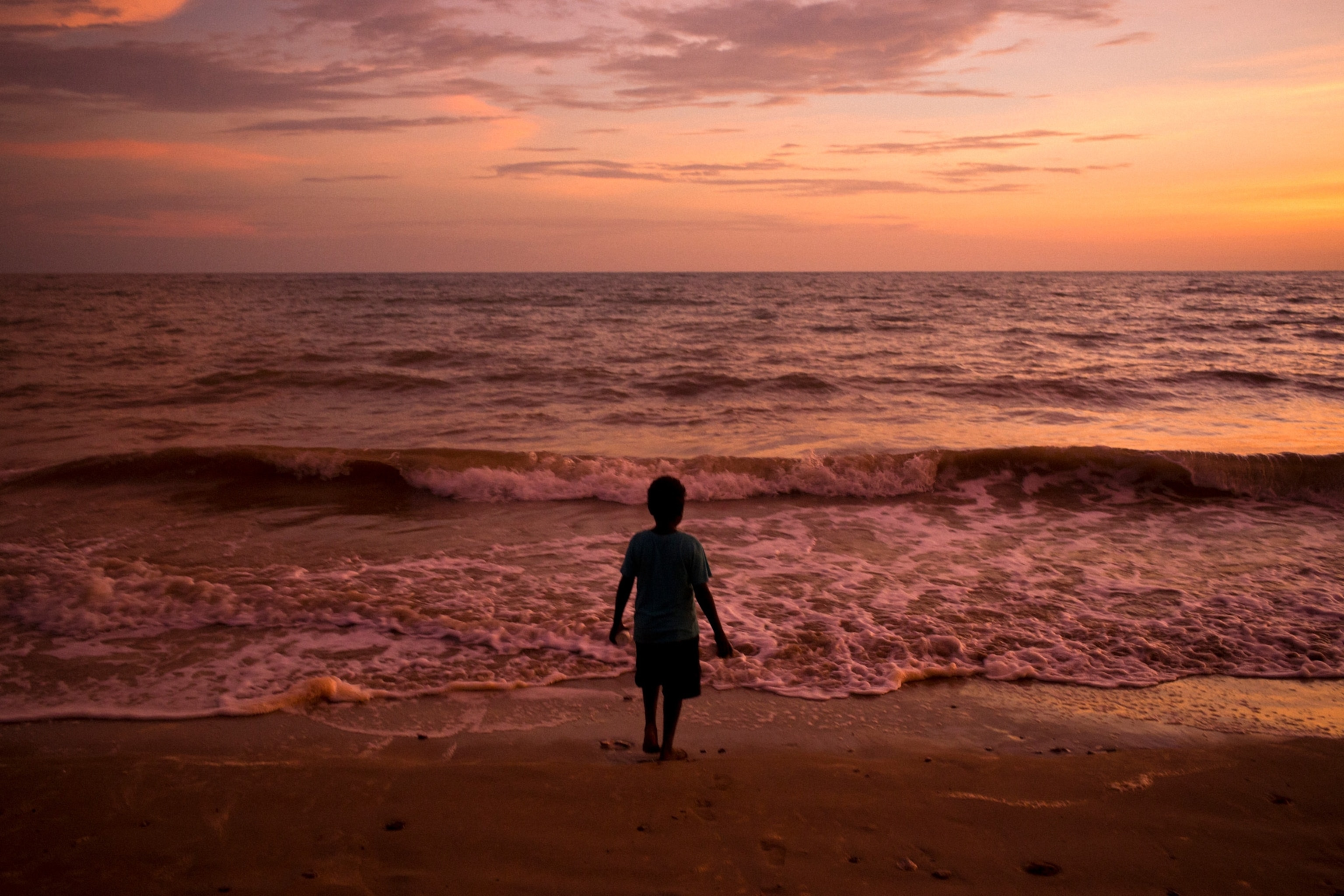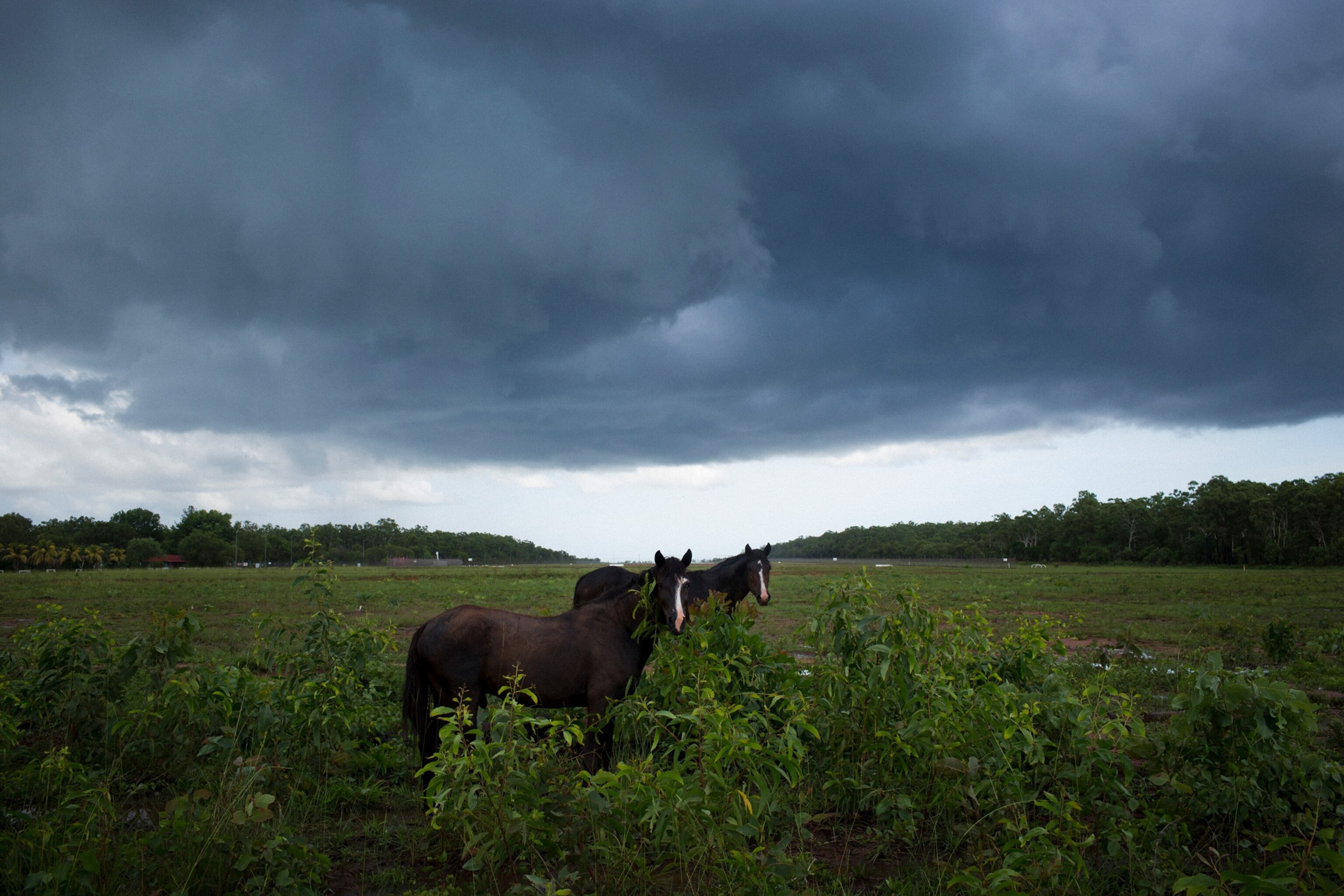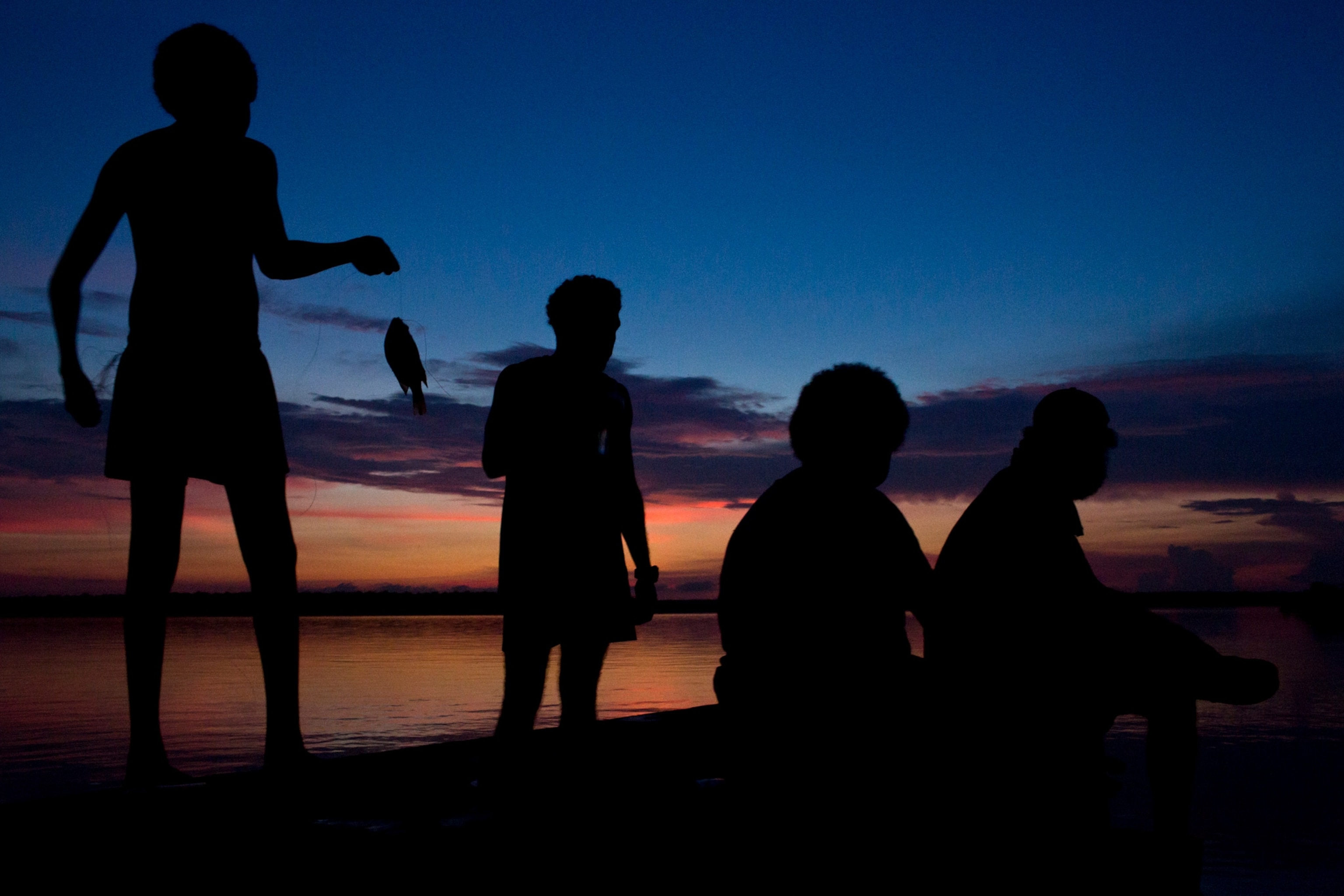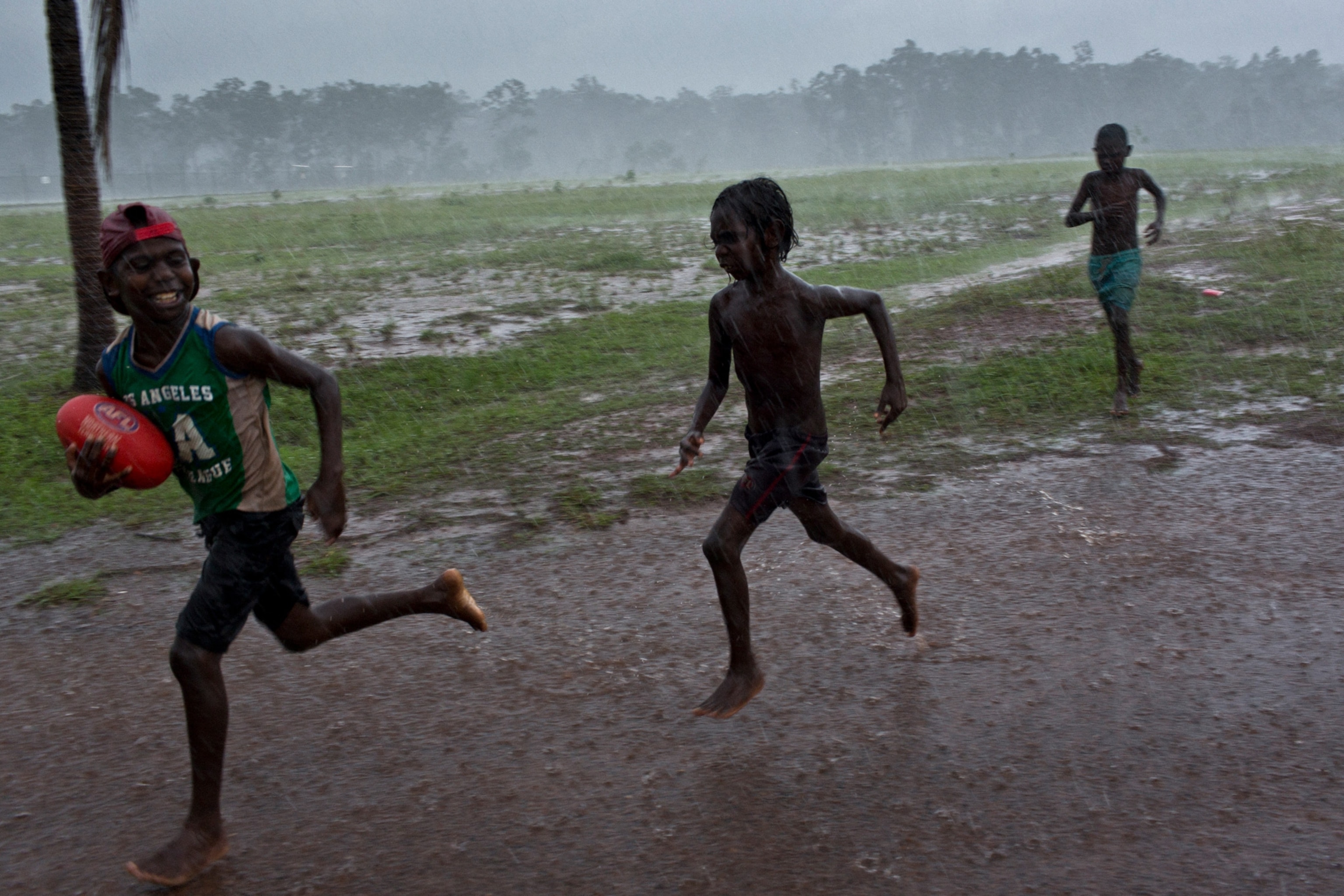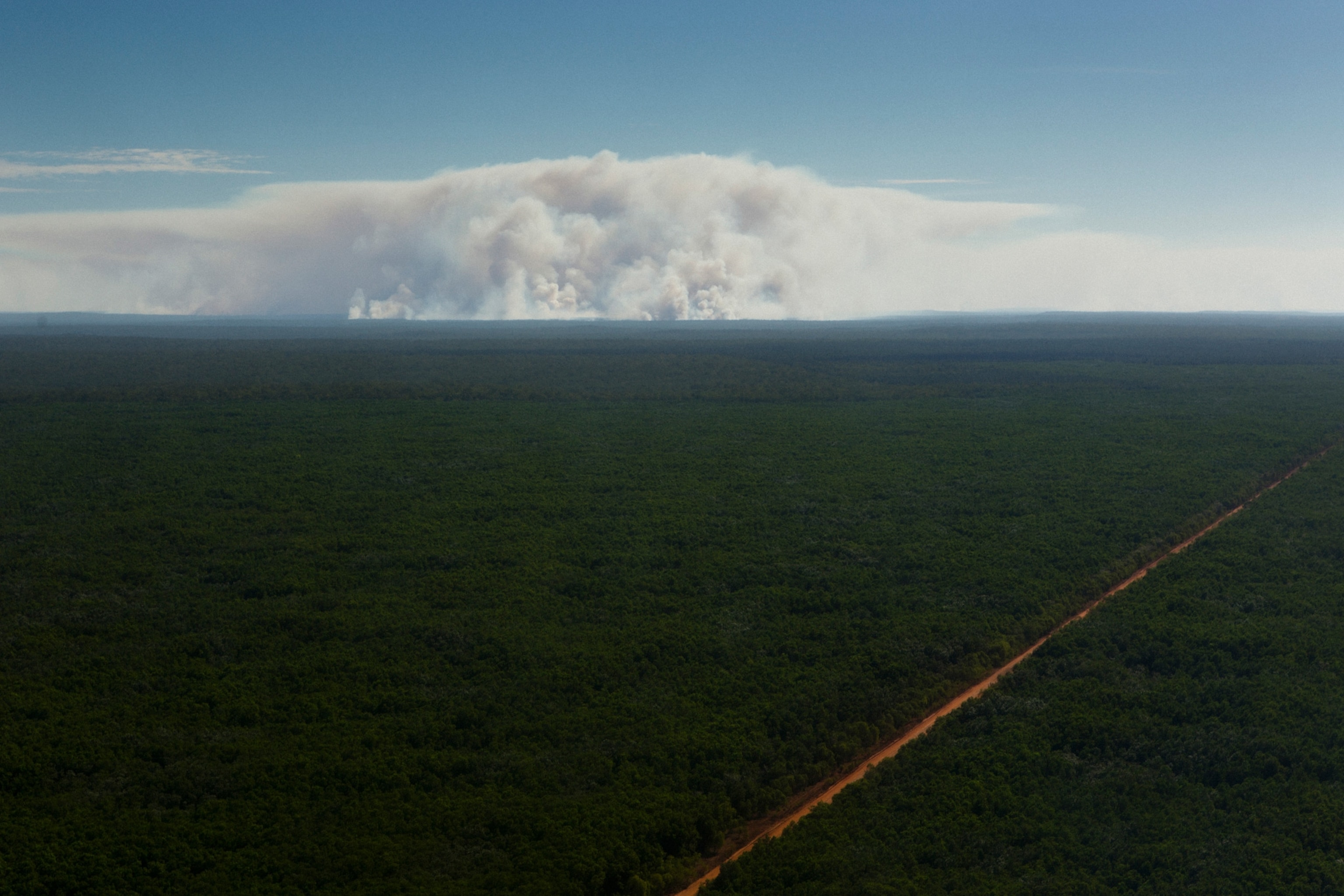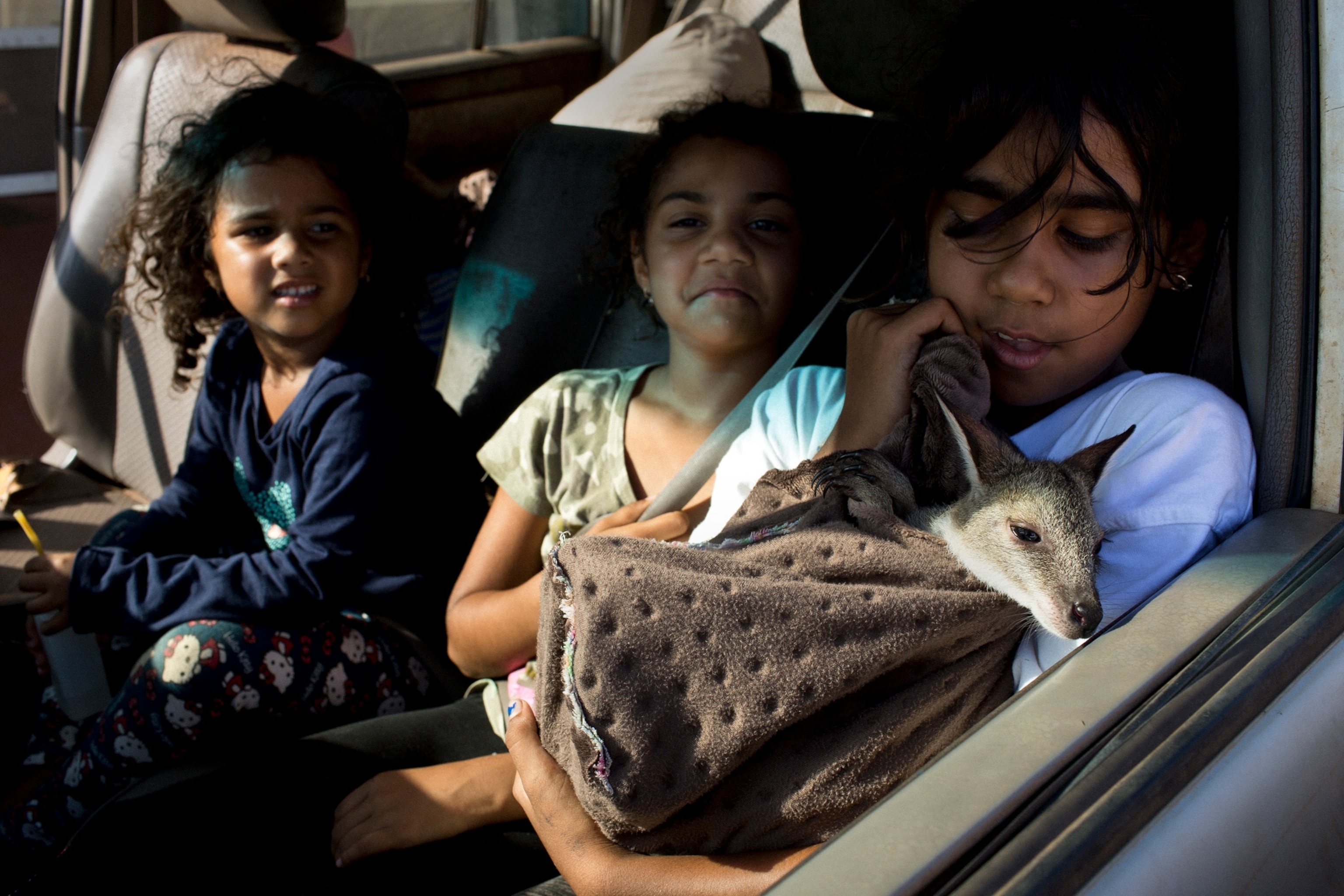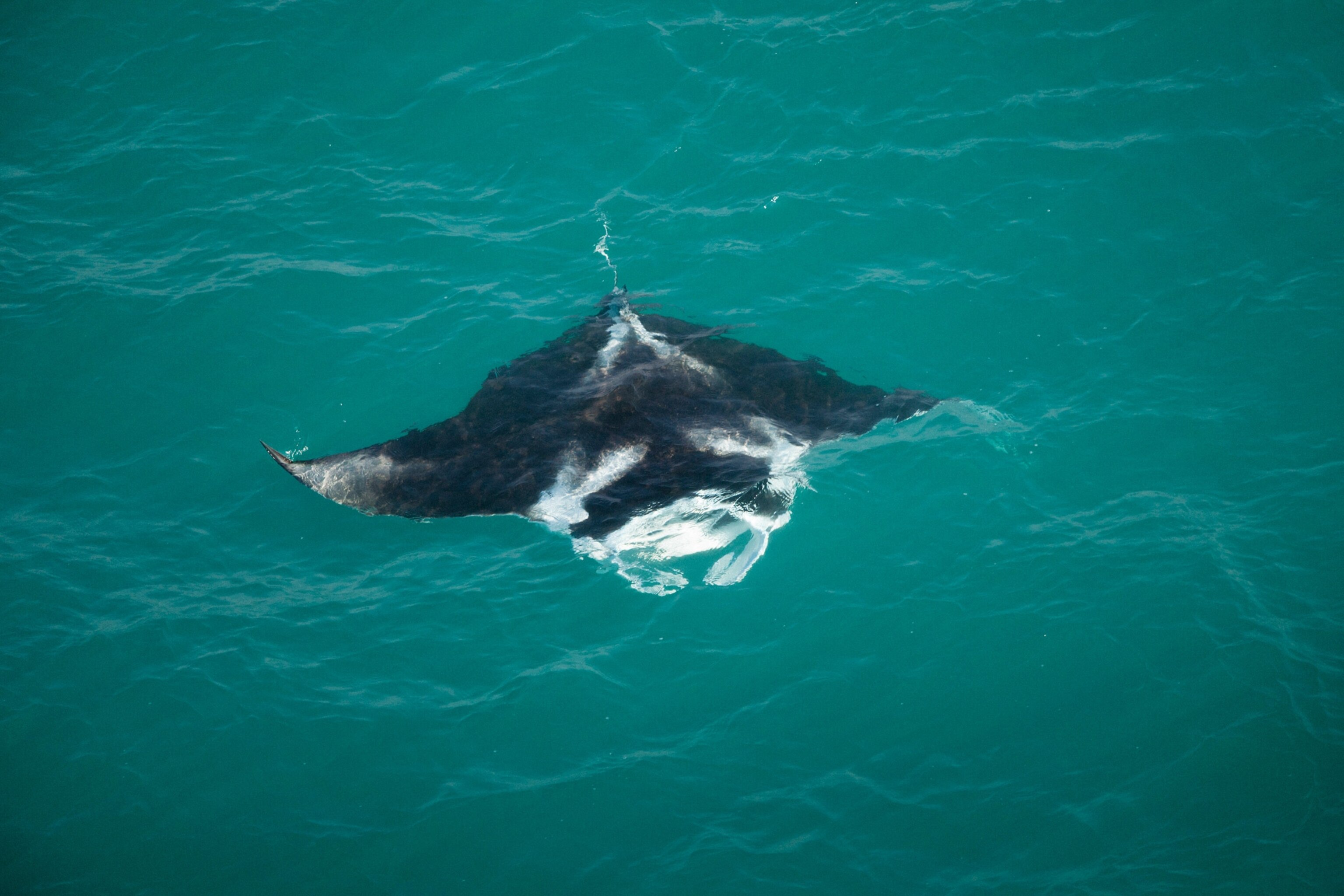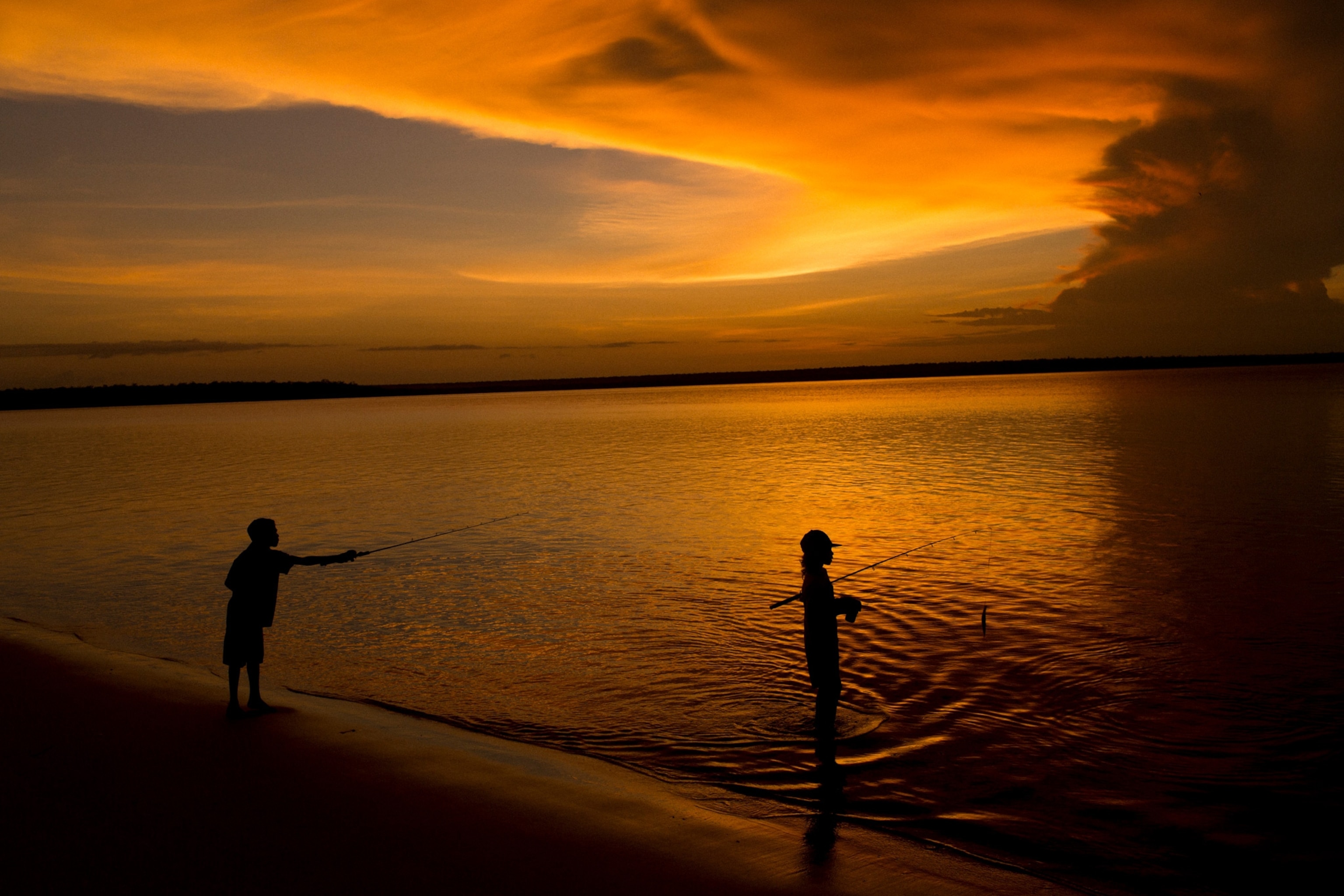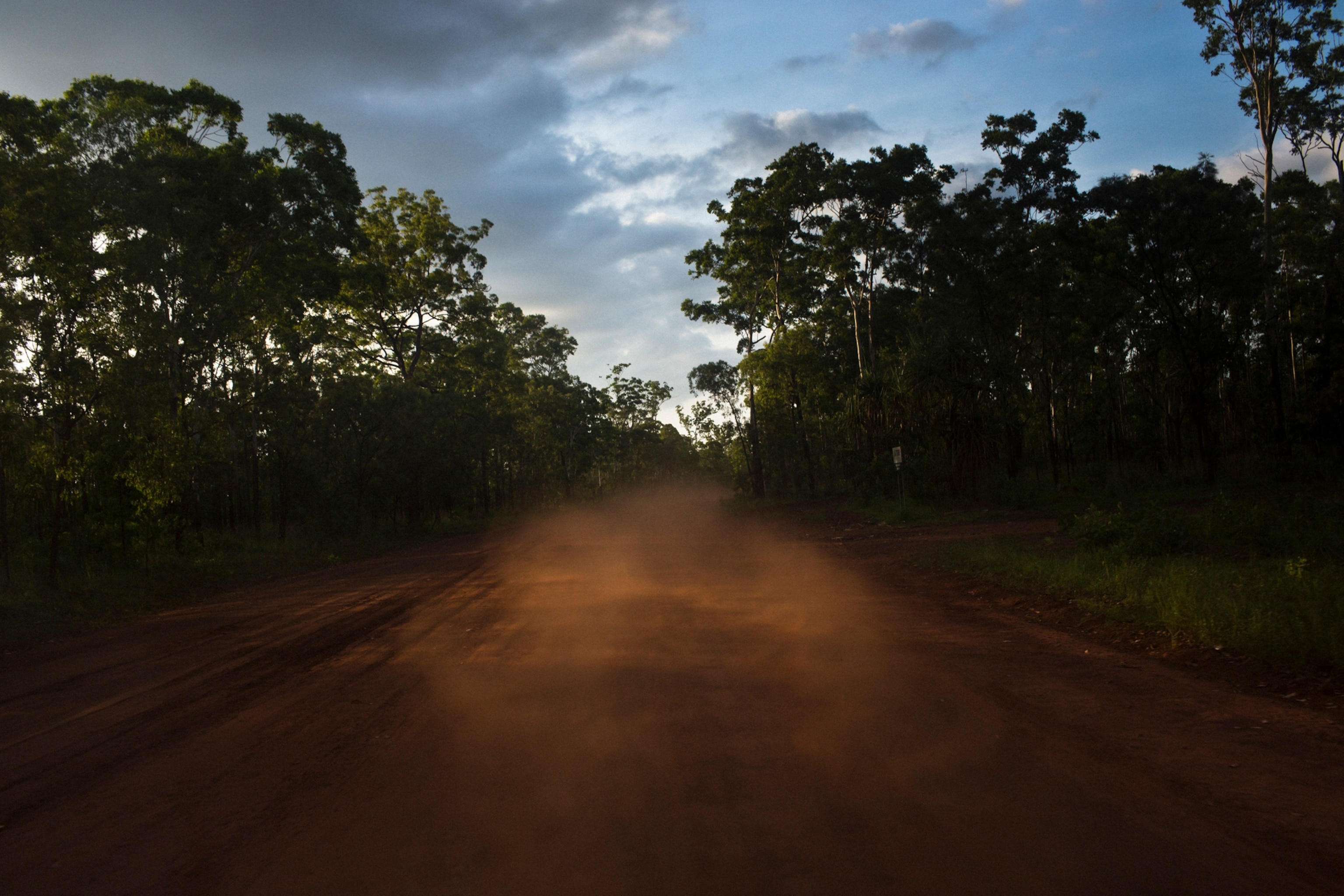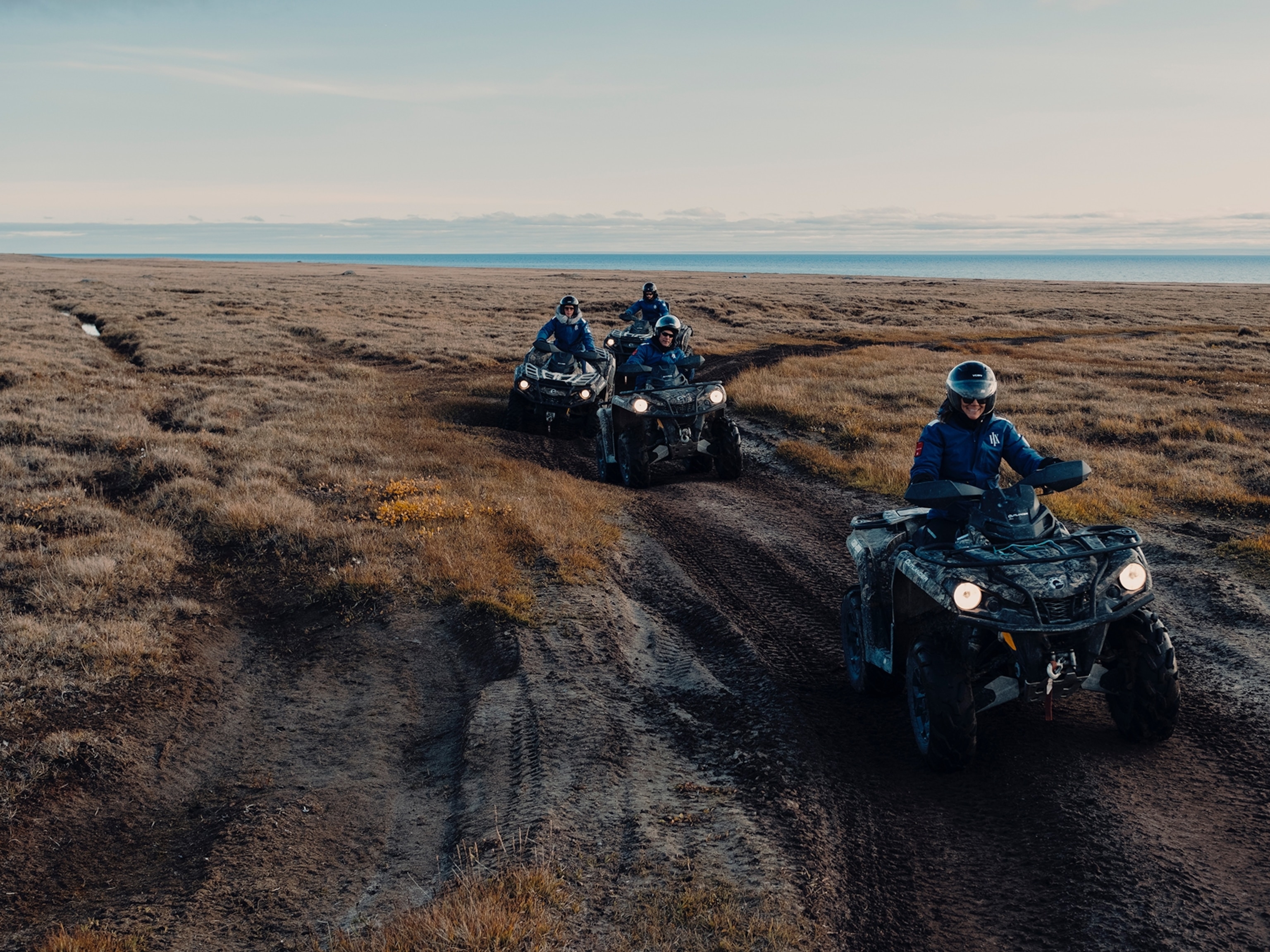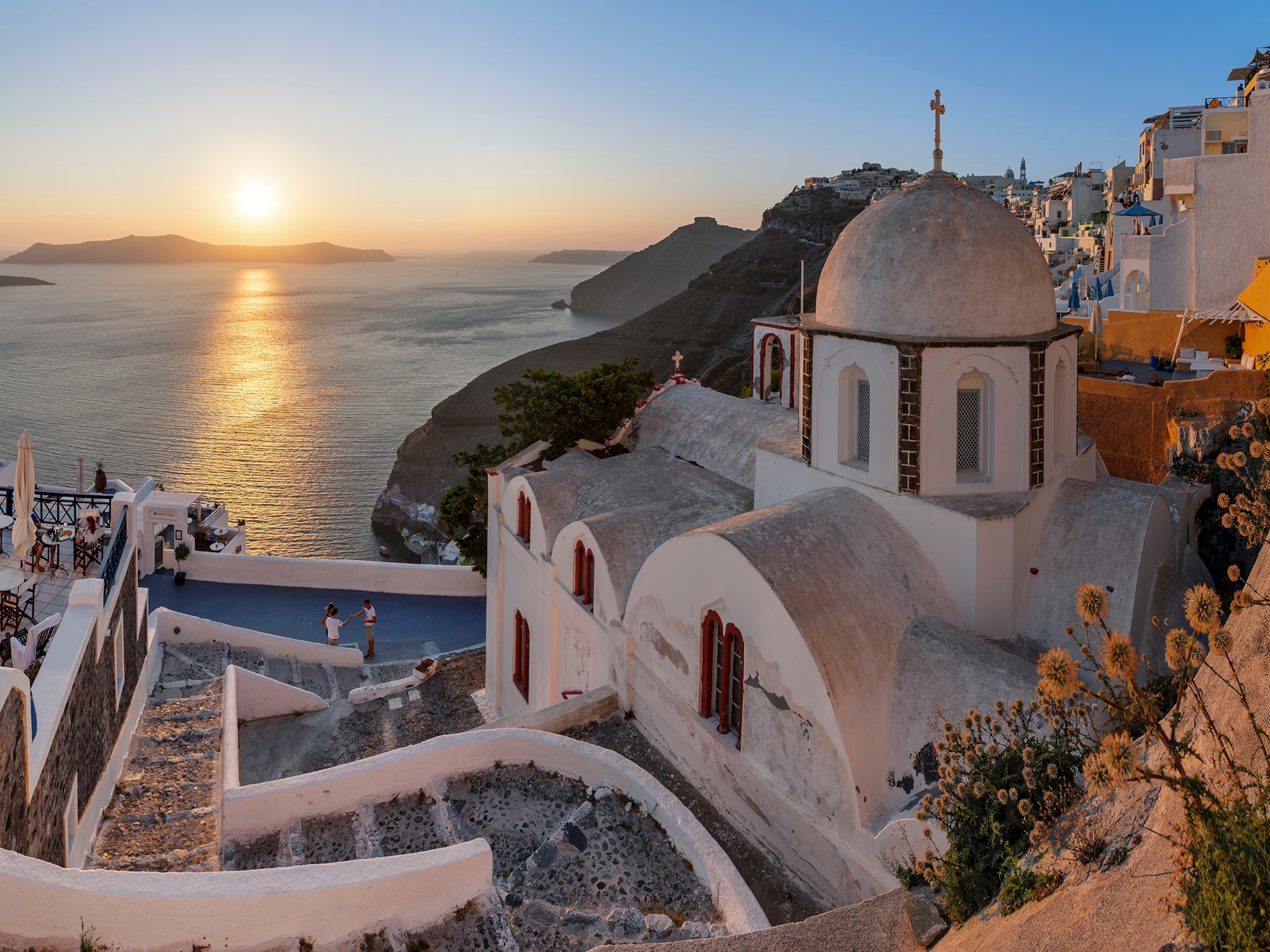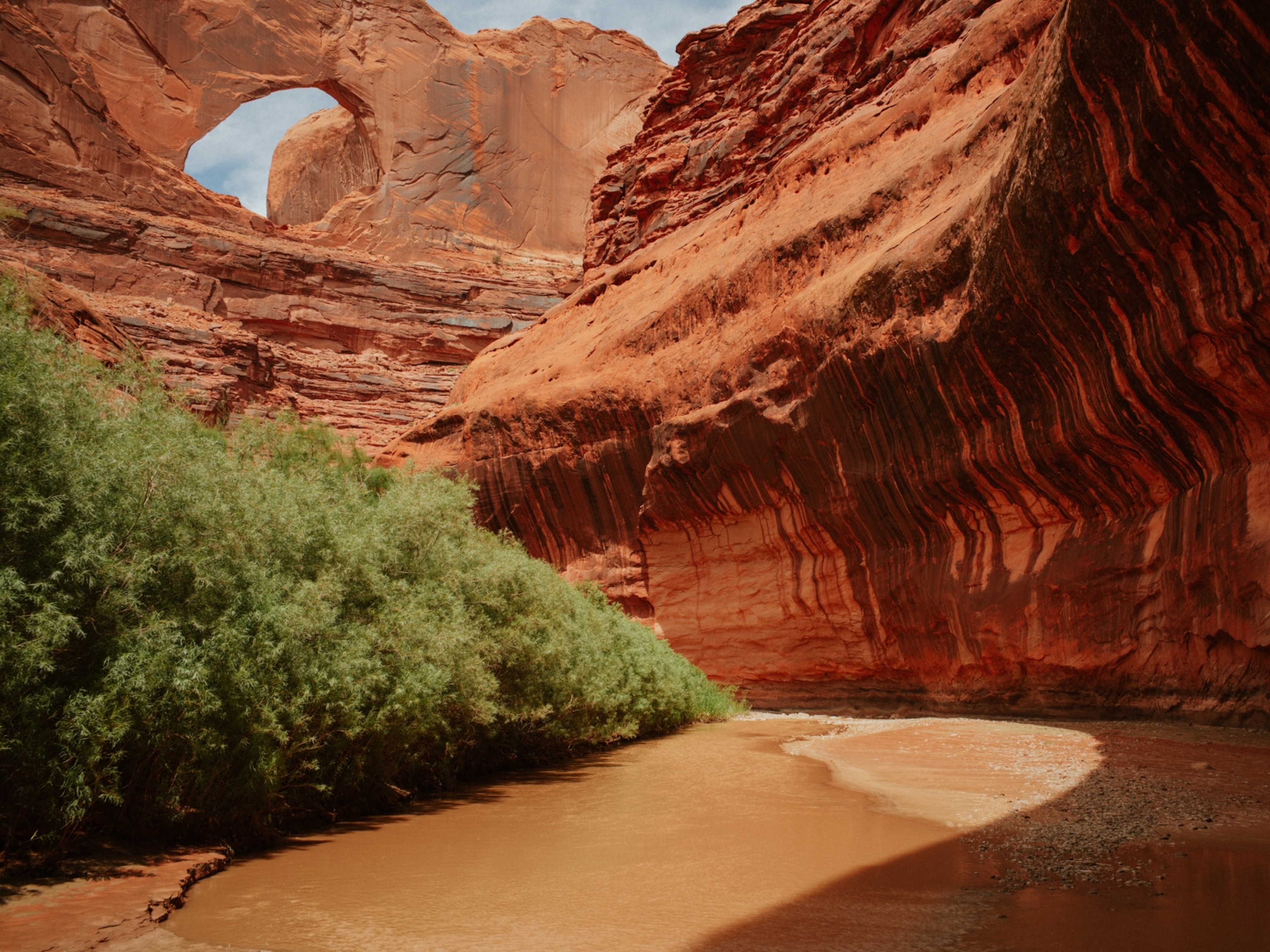Dreamlike Photos of Australia's Unspoiled Paradise
The geographically isolated Tiwi people have preserved their rich cultural heritage and pristine landscapes.
According to Tiwi creation stories, in a time outside of time, their ancestors rose from darkness, roamed the land, and molded the earth. It was during this age—known as the Dreaming—that the Tiwi Islands were born.
Enveloped by the temperate waters off Northern Australia where the Timor and Arafura seas meet, 3,000 square miles of eucalypt forest, mangroves, coastal wetlands, and pristine beaches make up the chain of 11 islands. The Tiwi people lived in isolation and resisted occuptation for thousands of years, cultivating distinct language, culture, and arts that have been passed down through generations of oral tradition.
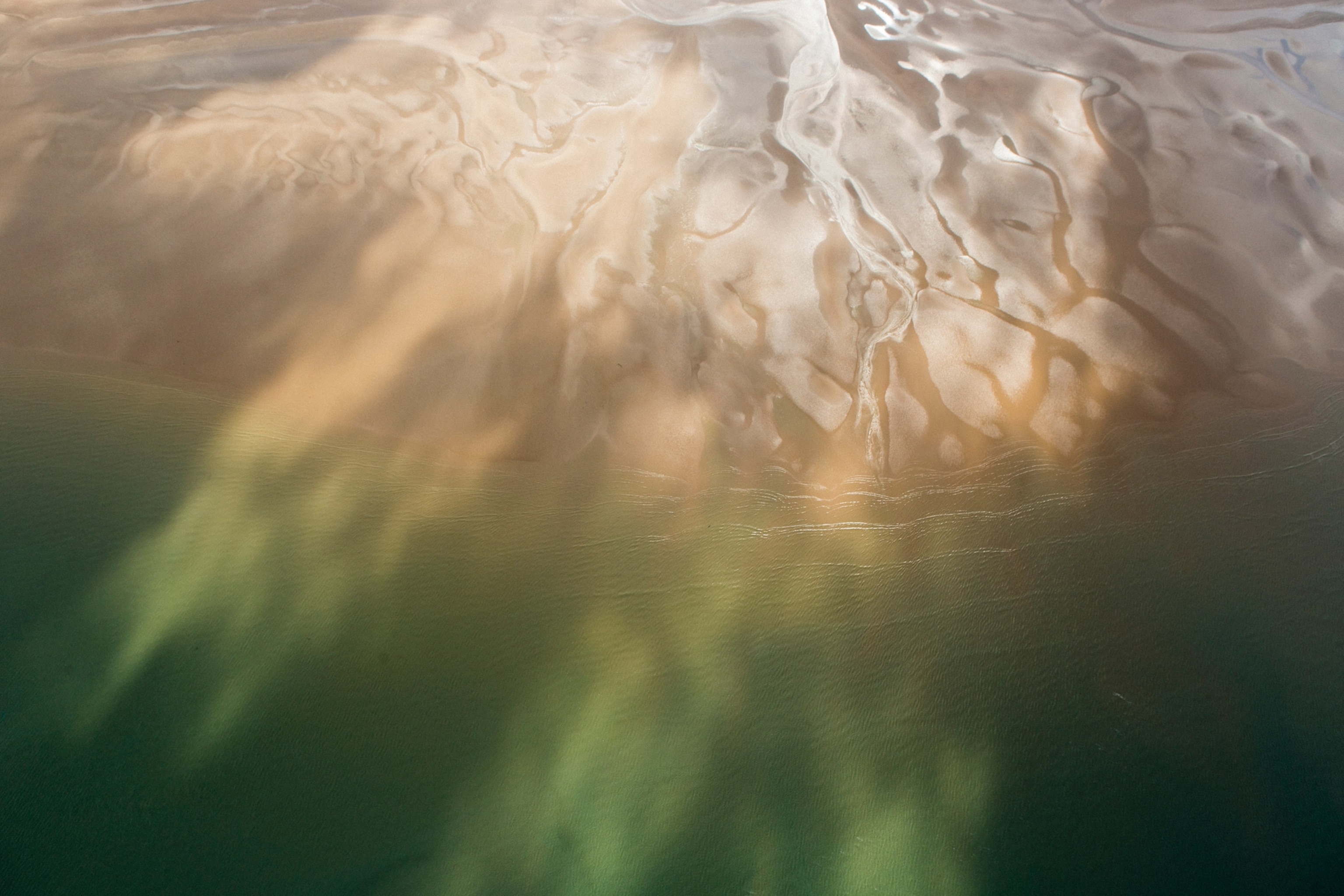
Perhaps most emblematic are their Pukumani poles used in mortuary rituals—carved wood painted with natural pigments to celebrate the deceased’s life. When a person dies, it is believed that their spirit, or mobiditi, may linger near the body. Rituals involving dance, music, and art are performed at the grave site to help guide the mobiditi into the spirit world after death.
But when the islands were colonized by the British in the late 19th century and Christian missionaries arrived in 1911, Tiwi culture was irrevocably altered.
In 1937, the government established a settlement at Garden Point on Melville Island to house “mixed race” children from the Tiwi Islands and throughout Australia under the guardianship of the Catholic Mission. Since recognized as a "crime against humanity," an estimated hundred thousand Aboriginal and Torres Strait Islander children were forcibly removed from their homes between 1910 and 1970 under assimilationist policies—the Stolen Generations.
Sacred practices, like Pukumani poles, were denigrated as Pagan ritual. Over time, missionaries found creative ways to fuse local Tiwi traditions with the teachings of the Church to encourage evangelization—this fusion of Aboriginal and Christian tradition endures on the islands today.
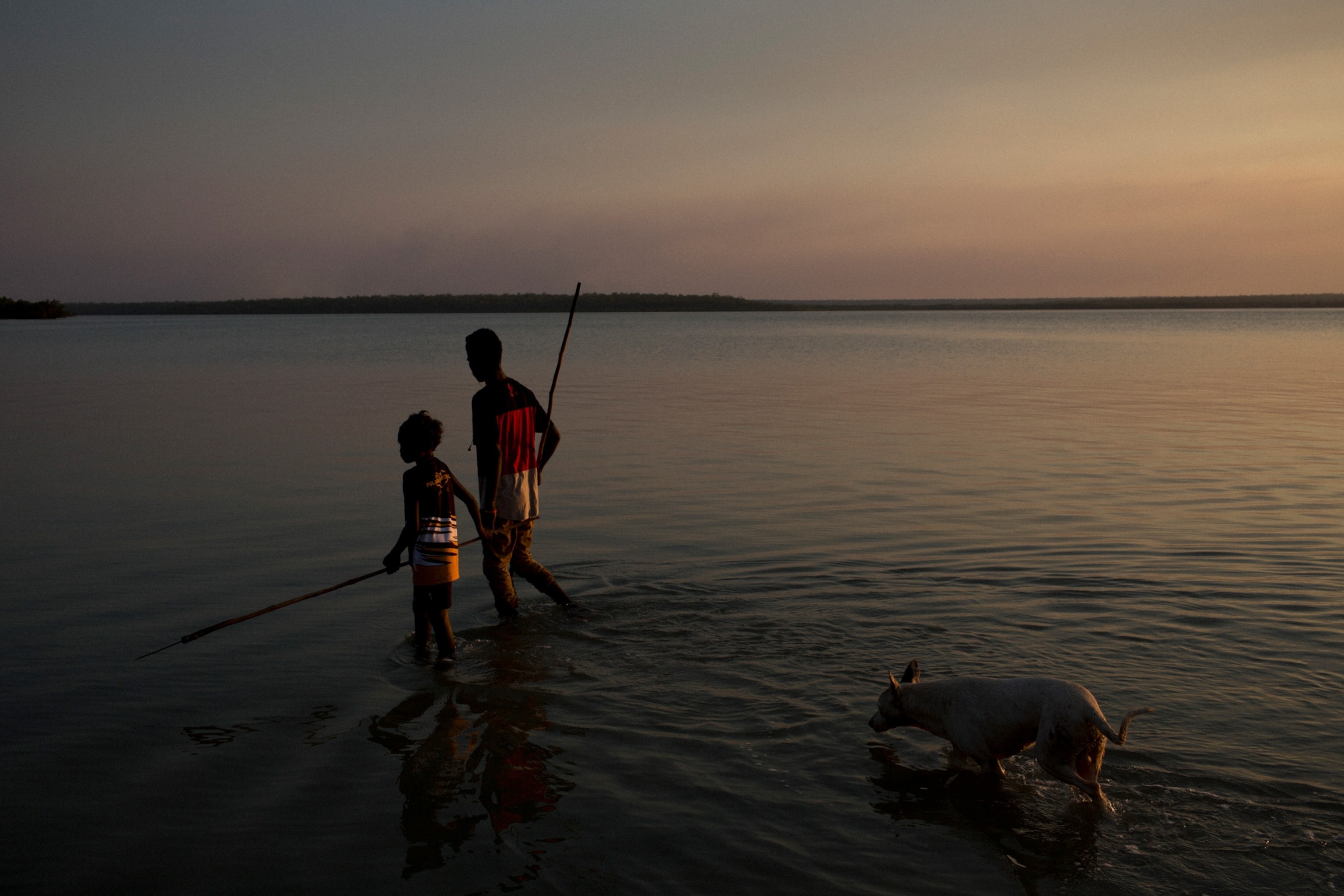
- National Geographic Expeditions
In addition to traditional arts, the Tiwi Islands are known for their natural beauty, biodiversity, and traditional land management methods, which were also affected during colonization. When local people were forced off their land and traditional fire management was halted, uncontrolled fires ravaged the islands during the dry season, destroying forest canopies and wildlife habitat.
Today, the Tiwi people are once again charged with protecting their own land, and have combined traditional knowledge with modern conservation techniques. The islands—which are only accesible with a permit—are home to more than 56 bird species, crocodiles, dolphins, sea turtles, and dugong.
